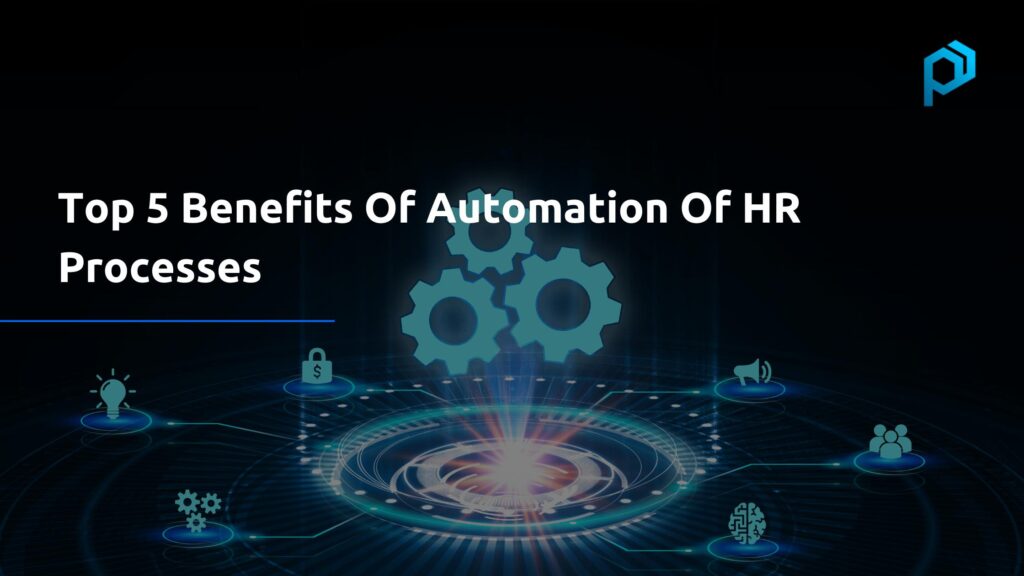Challenges and Best Practices in Payroll Management
Managing payroll might seem as routine as clockwork, but ask any payroll specialist, and they’ll tell you it’s a delicate dance between accuracy, compliance, and the ever-evolving landscape of tax regulations. Research reveals, companies with 20 or fewer employees often experience late paychecks or payroll errors. From handling multi-state laws to staying on top of data privacy, payroll management brings a set of unique challenges that can quickly snowball without the right practices in place. This guide dives into the key hurdles in payroll management and the best strategies to keep every payday smooth and error-free, ensuring both the organization and employees are happy. Ready to streamline your payroll process? Let’s jump in!
Common Challenges in Payroll Management
According to a study by CIPP, the impact of late payroll on employees is significant. The findings reveal that
1. 48% of workers believe their employers don’t care about their well-being when payments are delayed,
2. while 40% express concerns about the risk to their financial condition.
3. Additionally, 47% of employees experience anxiety and worry, and
4. 25% report decreased engagement and productivity.
Clearly, improper payroll processes have adverse effects on employee well-being and work performance, emphasizing the need for prompt actions to ensure timely payments.
We understand that handling payroll isn’t a walk in the park, and to help you streamline and enhance your payroll process, we’ve compiled a list of common payroll hurdles.
- Inaccuracies and Errors
Payroll errors, such as inaccuracies in data entries and miscalculations of employee compensations, can lead to financial discrepancies and undermine the trust employees place in the payroll system. These inaccuracies can profoundly impact employee satisfaction, eroding trust and potentially leading to compliance issues with labor laws and regulations.
- Compliance and Regulatory Issues
Shifting tax regulations forces businesses to stay vigilant to maintain compliance and avoid legal repercussions. Failure to comply with regulatory requirements, even when outsourcing payroll, can result in severe consequences, including financial penalties and damage to the company’s reputation.
- Technology Integration
The integration of payroll systems with broader HR software can present challenges, affecting overall operational efficiency and data accuracy. Investing in seamless technology solutions is crucial for ensuring efficient payroll processes, minimizing errors, and adapting to the dynamic needs of the organization.
Best Practices to Overcome Payroll Challenges
Running a smooth payroll system can be quite a challenge in human resources. It often falls on just a few people to tackle those payroll issues, making it trickier. You’ve got to navigate through company rules and labor laws, and if your company has complex salary packages, it gets even harder. But fear not. With a solid strategy, even the trickiest payroll problems can become a breeze. Here are some of the best practices:
- Implementing Robust Payroll Software
Explore top-tier payroll software solutions, considering features, scalability, and user-friendliness to meet the specific needs of the organization. When selecting top-tier payroll software, prioritize features like tax calculation, integration, and reporting, ensuring scalability and user-friendliness. Automation for routine tasks and compliance tracking, particularly crucial in the context of international payroll, is essential. This comprehensive approach streamlines processes, supports growth, and ensures adherence to regulations, laying the foundation for long-term success in financial management and employee satisfaction.
- Automation for Accuracy
Automating payroll processes delivers increased accuracy, reduced errors, and enhanced time efficiency.
For example, A mid-sized manufacturing company overcame inefficiencies and errors in manual payroll calculations by integrating a system with time and attendance tracking and benefits administration. The results were impressive – a 30% reduction in processing time, improved paycheck accuracy, and automated benefit deductions and contributions. This highlights how integrated automated payroll systems enhance efficiency for companies dealing with complex pay rules and multiple locations.
- Compliance Management Strategies
Effectively navigating regulatory changes for global payroll services demands a proactive approach through continuous learning and vigilance, including monitoring industry updates and collaborating with legal experts. Establishing a strong partnership with legal and compliance professionals ensures a nuanced understanding of regulatory changes, facilitating their effective implementation and reducing the risk of non-compliance. In this dynamic environment, commitment to staying informed and collaborating with experts is paramount for robust compliance management.
- Regular Audits and Reviews
Highlighting the importance of regular audits is crucial for identifying errors, ensuring compliance, and improving payroll processes. Periodic audits play a pivotal role in error prevention by scrutinizing records, mitigating inaccuracies, and contributing to process enhancement by revealing inefficiencies. The ongoing optimization resulting from audits not only enhances accuracy but also streamlines workflows, fostering an efficient and error-resistant payroll system. Regular audits serve as a proactive measure, ensuring continual compliance, process refinement, and sustained operational excellence in payroll and workforce management.
Takeaway
The future of payroll solutions relies on addressing the challenges inherent in payroll management. By adopting best practices such as robust software implementation, automation, compliance management, employee education, and regular audits, organizations can streamline their payroll processes, ensuring accuracy, compliance, and overall success.For organizations aiming to grow their workforce, our advanced global payroll services at Procloz combine the power of business automation and Employer of Record services. With an international presence, including specialized Australian payroll services, Procloz ensures accurate and compliant payroll processing, tax filings, and employee benefits administration.
Challenges and Best Practices in Payroll Management Read More »



